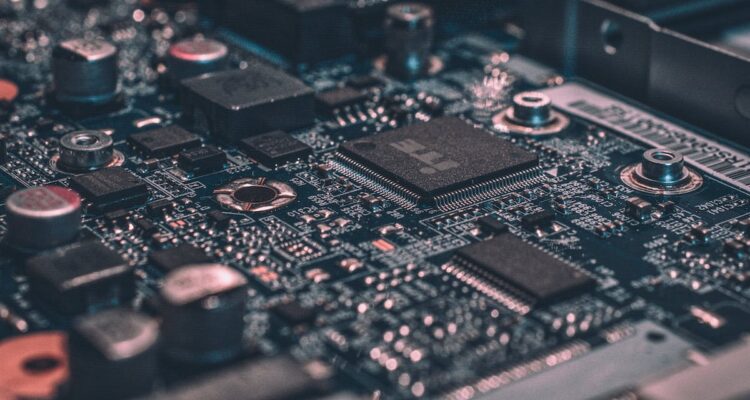Building safe goods necessitate rearranging and altering corporate priorities, improving organizational maturity, and establishing explicit benchmarks.
Cyber security, which spans software and hardware that drives everything from personal gadgets to global infrastructure, is a key basis of the fast-expanding digital world. Significant progress has been made in various security fields during the previous decade, particularly in terms of establishing safe software development techniques.
Hardware security has gotten only sporadic attention over the years. However, major chip flaws, such as Spectre and Meltdown, have recently been discovered, serving as a stark reminder that systems are only as safe as their weakest link.
As per the National Institute of Standards and Technology, during the last several years, industries have seen an exponential increase in hardware vulnerabilities, quickly catching up to software growth during the previous decades.
While software may be patched, hardware is never simply upgraded; as a result, the potential negative commercial impact of such security issues is rapidly increasing. Building secure products, whether software or hardware, is a journey that entails not only technical solutions but also constant adjustments to business priorities, maturing products, and processes, as well as the establishment of clear metrics to analyze business risks and progress toward mitigating them. Enterprises must manage all security problems in a holistic manner, with equal emphasis on hardware security.
Cyber security is typically addressed in isolated silos today, with the threats expanding by leaps and bounds. However, it’s vital to note that security is a system attribute that must be considered across domains (software, hardware, firmware, OS, application, cloud, network, etc.) and throughout the system lifespan in order to be responsive and complete (design, manufacturing, development, supply chain, support, and maintenance, etc.).
Without question, one of the most important foundations of overall system security is hardware security. Integrating hardware security with “downstream” technologies will allow for a more responsive and impenetrable cyber security strategy.
As security becomes a more important feature of a product, there is a natural concern that delaying time to market may slow the development process, affecting business productivity and profitability. To avoid creating competing choices between timely product delivery and product security, it is critical for security measures to have a minimal impact on development velocity.
The following characteristics characterize a successful security program:
- Business objectives and priorities that are clearly stated and linked among all stakeholders.
- From project planning to product shipment and support, the security and development teams must work closely together throughout the product life cycle.
- To guarantee that issues are addressed in a timely manner, functional testing, product development, and security testing must all be tightly interwoven.
- Rather than getting in the way, security testing technologies should be used to support the development process on a daily basis. This is about, among other things, automated test applications in an ongoing process, a low false-positive rate, and unambiguous repair advice backed up by quick understanding and issue resolution.
- To allow swift intervention and minimize late security surprises, security governance and oversight must be done in real-time using relevant metrics.
Assuring adherence to all of the above, as well as being aware of the role hardware plays in these outages, places a premium on hardware security, allowing businesses to climb to new heights of success.
Like this post? Checkout our Controversies Section






No Comments